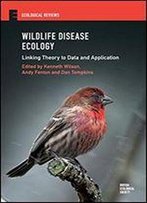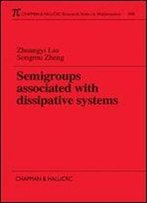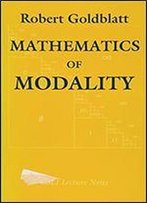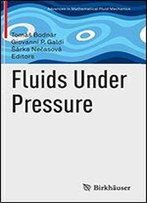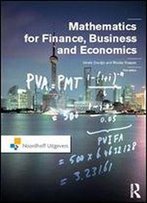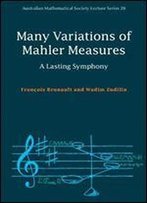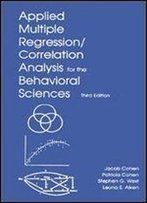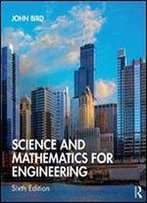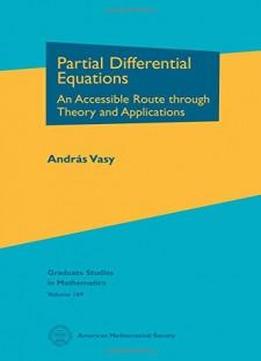
Partial Differential Equations: An Accessible Route Through Theory And Applications (graduate Studies In Mathematics)
by Andras Vasy /
2015 / English / PDF, DjVu
11.5 MB Download
This text on partial differential equations is intended for readers
who want to understand the theoretical underpinnings of modern PDEs
in settings that are important for the applications without using
extensive analytic tools required by most advanced texts. The
assumed mathematical background is at the level of multivariable
calculus and basic metric space material, but the latter is
recalled as relevant as the text progresses. The key goal of this
book is to be mathematically complete without overwhelming the
reader, and to develop PDE theory in a manner that reflects how
researchers would think about the material. A concrete example is
that distribution theory and the concept of weak solutions are
introduced early because while these ideas take some time for the
students to get used to, they are fundamentally easy and, on the
other hand, play a central role in the field. Then, Hilbert spaces
that are quite important in the later development are introduced
via completions which give essentially all the features one wants
without the overhead of measure theory. There is additional
material provided for readers who would like to learn more than the
core material, and there are numerous exercises to help solidify
one's understanding. The text should be suitable for advanced
undergraduates or for beginning graduate students including those
in engineering or the sciences.
This text on partial differential equations is intended for readers
who want to understand the theoretical underpinnings of modern PDEs
in settings that are important for the applications without using
extensive analytic tools required by most advanced texts. The
assumed mathematical background is at the level of multivariable
calculus and basic metric space material, but the latter is
recalled as relevant as the text progresses. The key goal of this
book is to be mathematically complete without overwhelming the
reader, and to develop PDE theory in a manner that reflects how
researchers would think about the material. A concrete example is
that distribution theory and the concept of weak solutions are
introduced early because while these ideas take some time for the
students to get used to, they are fundamentally easy and, on the
other hand, play a central role in the field. Then, Hilbert spaces
that are quite important in the later development are introduced
via completions which give essentially all the features one wants
without the overhead of measure theory. There is additional
material provided for readers who would like to learn more than the
core material, and there are numerous exercises to help solidify
one's understanding. The text should be suitable for advanced
undergraduates or for beginning graduate students including those
in engineering or the sciences.


